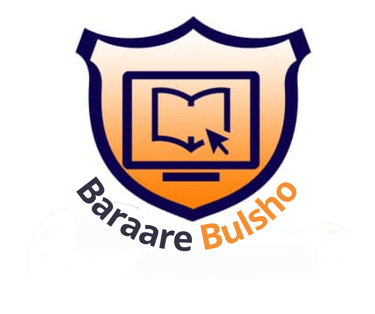Word Networks & Mind Maps
Read More about Module 7- lesson 3 of the Vocabulary Course
Ahmed Abdirahman
10/19/20251 min read
Mind maps, also known as concept maps, are powerful tools for organizing vocabulary visually and strengthening conceptual connections. They allow learners to display relationships between ideas, such as categories, examples, or cause-and-effect links. Reading Rockets (2024) defines a concept map as a graphic organizer that represents knowledge hierarchically, showing how key ideas connect through labeled lines or arrows.
Using concept maps for vocabulary learning engages multiple cognitive processes: analysis, categorization, and synthesis. When students create a map around a central topic such as travel they can branch out to related terms like transport, airport, luggage, tourism, and destination. This visual clustering mirrors how memory stores information, making recall faster and more intuitive. According to Reading Rockets (2024), teachers can model the process by identifying major ideas, grouping them into subcategories, and linking them with descriptive phrases that explain the relationships.
Concept mapping also supports second-language learners because it reduces linguistic load and leverages visual thinking. By using images, color coding, or simple labels, learners can express understanding even with limited vocabulary. Reading Rockets (2024) suggests that concept maps be adapted for language learners by limiting the number of items, simplifying language, and using collaborative pair work to discuss relationships between words.
In IELTS preparation, mind maps can be used during brainstorming for Writing Task 2 or Speaking Part 2. Creating a quick visual outline helps candidates organize arguments, recall relevant vocabulary, and maintain coherence. For instance, before writing about “the impact of technology on education,” a learner could map sub-ideas such as online learning, digital literacy, accessibility, and innovation.
Digital tools like Canva, MindMeister, and Coggle simplify map creation, allowing students to store and revise maps over time. By reviewing these visual organizers periodically, learners reinforce connections and convert passive vocabulary into active use. Incorporating mind mapping into study routines turns vocabulary building into an engaging, reflective process that strengthens both comprehension and communication.
References
Reading Rockets. (2024). Concept maps. Reading Rockets Classroom Strategies. https://www.readingrockets.org/classroom/classroom-strategies/concept-maps
